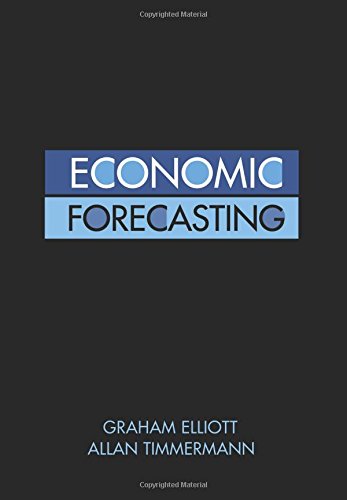Description
Economic forecasting involves choosing simple yet robust models to best approximate highly complex and evolving data-generating processes. This poses unique challenges for researchers in a host of practical forecasting situations, from forecasting budget deficits and assessing financial risk to predicting inflation and stock market returns. Economic Forecasting presents a comprehensive, unified approach to assessing the costs and benefits of different methods currently to be had to forecasters.
This text approaches forecasting problems from the standpoint of decision theory and estimation, and demonstrates the profound implications of this approach for how we keep in mind variable selection, estimation, and combination methods for forecasting models, and how we evaluate the resulting forecasts. Both Bayesian and non-Bayesian methods are covered in depth, as are a range of state-of-the-art techniques for producing point, interval, and density forecasts. The book features detailed presentations and empirical examples of a range of forecasting methods and shows learn how to generate forecasts in the presence of large-dimensional sets of predictor variables. The authors pay special attention to how estimation error, model uncertainty, and model instability impact forecasting performance.
- Presents a comprehensive and integrated approach to assessing the strengths and weaknesses of different forecasting methods
- Approaches forecasting from a decision theoretic and estimation perspective
- Covers Bayesian modeling, including methods for generating density forecasts
- Discusses model selection methods in addition to forecast combinations
- Covers a wide range of nonlinear prediction models, including regime switching models, threshold autoregressions, and models with time-varying volatility
- Features a large number of empirical examples
- Examines the recent advances in forecast evaluation
- Essential for practitioners and students alike













































